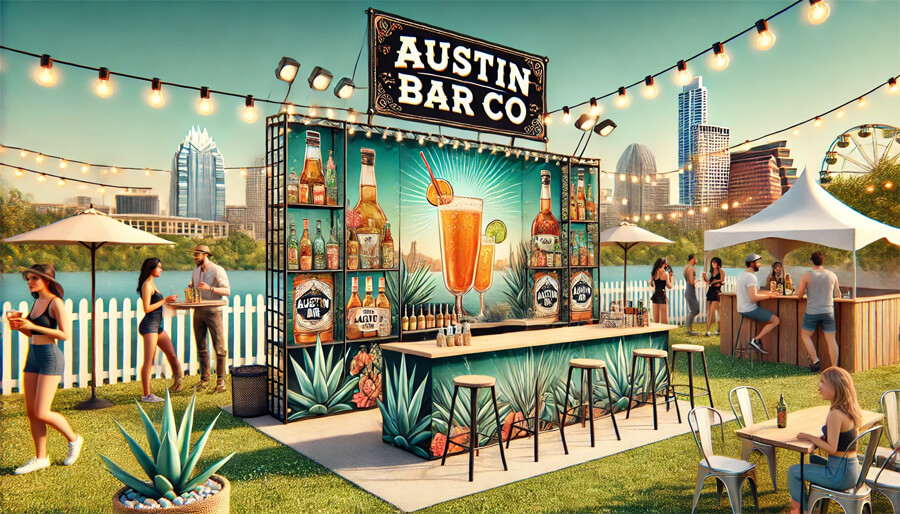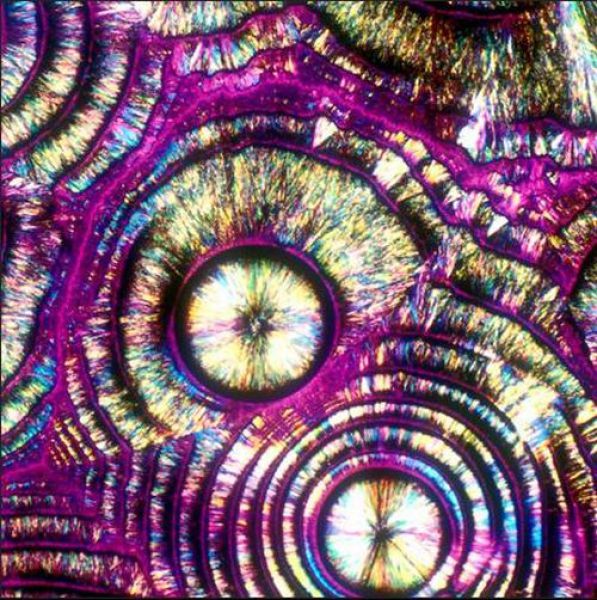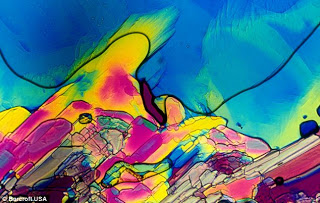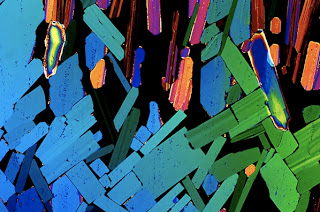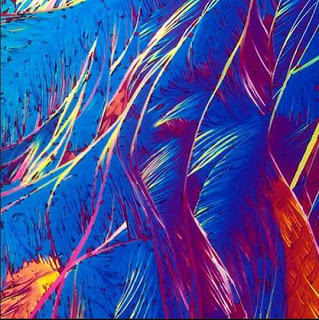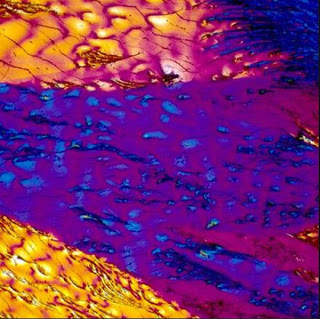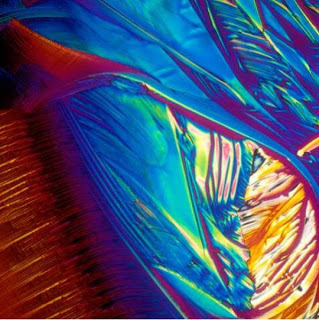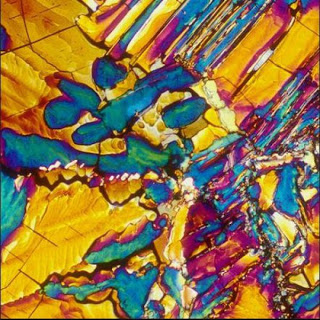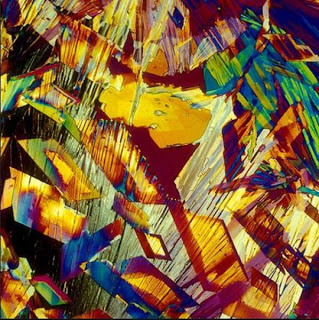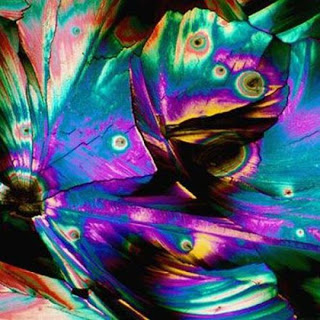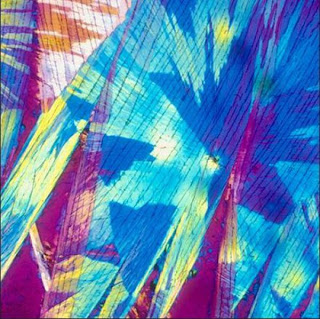Infusing spirits with flavor is a great way to experiment with your own personal tastes. The basic concept is to marry a variety of choice flavors into a base liquor to create a custom-flavored spirit. Vodka is the most common base spirit used and the other light spirits (gin, sake, light rum) can also be used for almost any flavor. Infusing darker spirits is a little touchier but it will work if you choose the right complimentary flavor to the liquor like an apricot or cherry brandy.
Time Required: up to 2 weeks
Here’s How:
1. Choose your spirit
Your base spirit will set the foundation for a good infusion. Choosing a decent spirit that is smooth and clean will allow the added flavors to shine. If you’re experimenting with a new infusion you may want to use a less expensive bottle so as not to waste money or good liquor. Another option is to use a home filtering device like the Vodkastick, which will allow you to filter out the impurities of a cheap brand.
2. Choose your flavors
Herbs, spices and fruits are most commonly used for infusions. The most popular infusions are fruit based, however you can use your imagination to create some wonderful combinations. I experimented with garlic, habenero and basil in vodka for some great Bloody Mary bases. Use your creativity to personalize your creations. For best results, use fresh ingredients only.
3. The Beginning
The process itself is very easy. Choose a clean, air-tight jar: quart sized mason jars work well. Using smaller jars will allow you to divide a liter of vodka into a few jars, giving you the ability to create small batches of a variety of flavors at once. Wash the ingredients, place them inside the jar and fill it with vodka. Shake a few times and cover tightly with a lid.
4. Infusion Time
You will want to store your infusion in a cool, dark place and shake it 3-5 times a day for the duration of the infusion. On average the ingredients should stay in the liquor for 3-5 days. Some of your more intense flavors will only need 3 days, less intense flavors should stay in the jar for a full week or more (see the infusion times list below). You will want to do a taste test every few days to see if the flavors are sufficient.
5. The Finish
Once your infusion has reached it’s peak in flavor you’ll need to take the flavoring ingredients out of the jar. Use a fine strainer or paper coffee filter to strain the vodka into another clean jar or bowl. You can return it to it’s original jar if you would like, cleaning the jar thoroughly first. Store the finished infusion as you would any other liquor of it’s type.

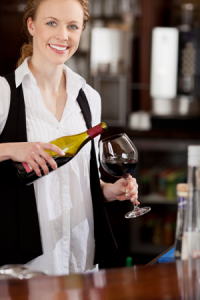 We provide the ultimate professional mobile bar service in Austin. We take care of all the details of your events making party planning easier. Looking for a professional bartender to serve you and your guests at your next event or party? All of our Austin bartenders are Texas Alcohol Beverage Control (TABC) certified – meaning they have been tested and certified by the State of Texas. Mobile Bartending is focused on providing high-quality service and customer satisfaction - we will do everything we can to meet your expectations. All of our Austin TX bartenders are covered by our $3 million Liquor Liability Insurance – very important as Texas has a “Host Liability” law on the books!
We provide the ultimate professional mobile bar service in Austin. We take care of all the details of your events making party planning easier. Looking for a professional bartender to serve you and your guests at your next event or party? All of our Austin bartenders are Texas Alcohol Beverage Control (TABC) certified – meaning they have been tested and certified by the State of Texas. Mobile Bartending is focused on providing high-quality service and customer satisfaction - we will do everything we can to meet your expectations. All of our Austin TX bartenders are covered by our $3 million Liquor Liability Insurance – very important as Texas has a “Host Liability” law on the books!
